Of the 50 record-class bucks John Eberhart has killed with his bow from public and free-permission properties, many of these he attributes to the advantages of a tree saddle.
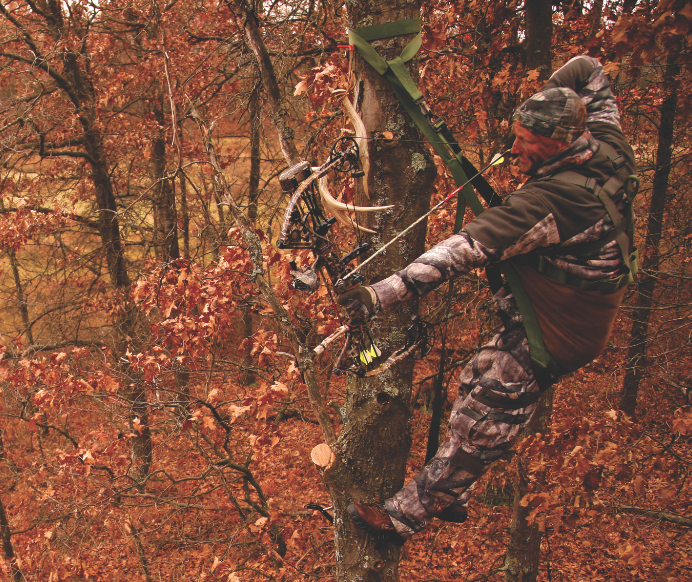

Of the 50 record-class bucks John Eberhart has killed with his bow from public and free-permission properties, many of these he attributes to the advantages of a tree saddle.
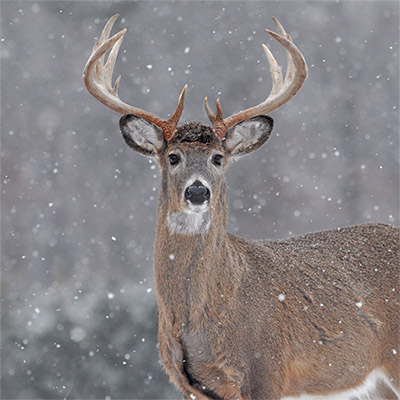
There are many factors that go into a successful bowhunt once the Orange Army has left the woods and deer resume more predictable patterns.
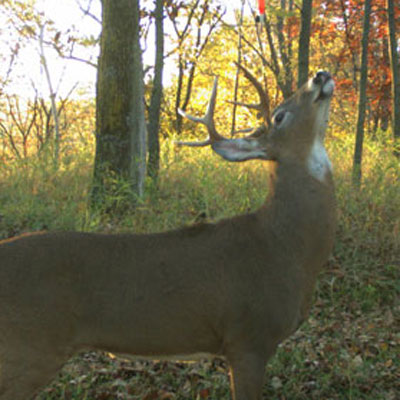
While many hunters have had minimal success when hunting buck scrapes, over half of my 50 record book bucks were taken at active primary scrape areas, and I hold firm that they are the most productive locations when in the right places and hunted properly.
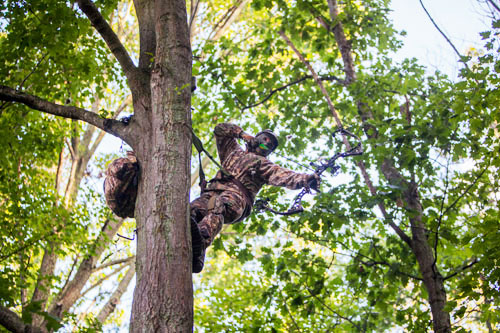
How do you take advantage of a safe, lightweight, mobile, comfortable and adaptable treestand alternative? The answer is simple, but will require a change in your current thought process of treestand use. Welcome to the exploding world of “saddle” hunting.
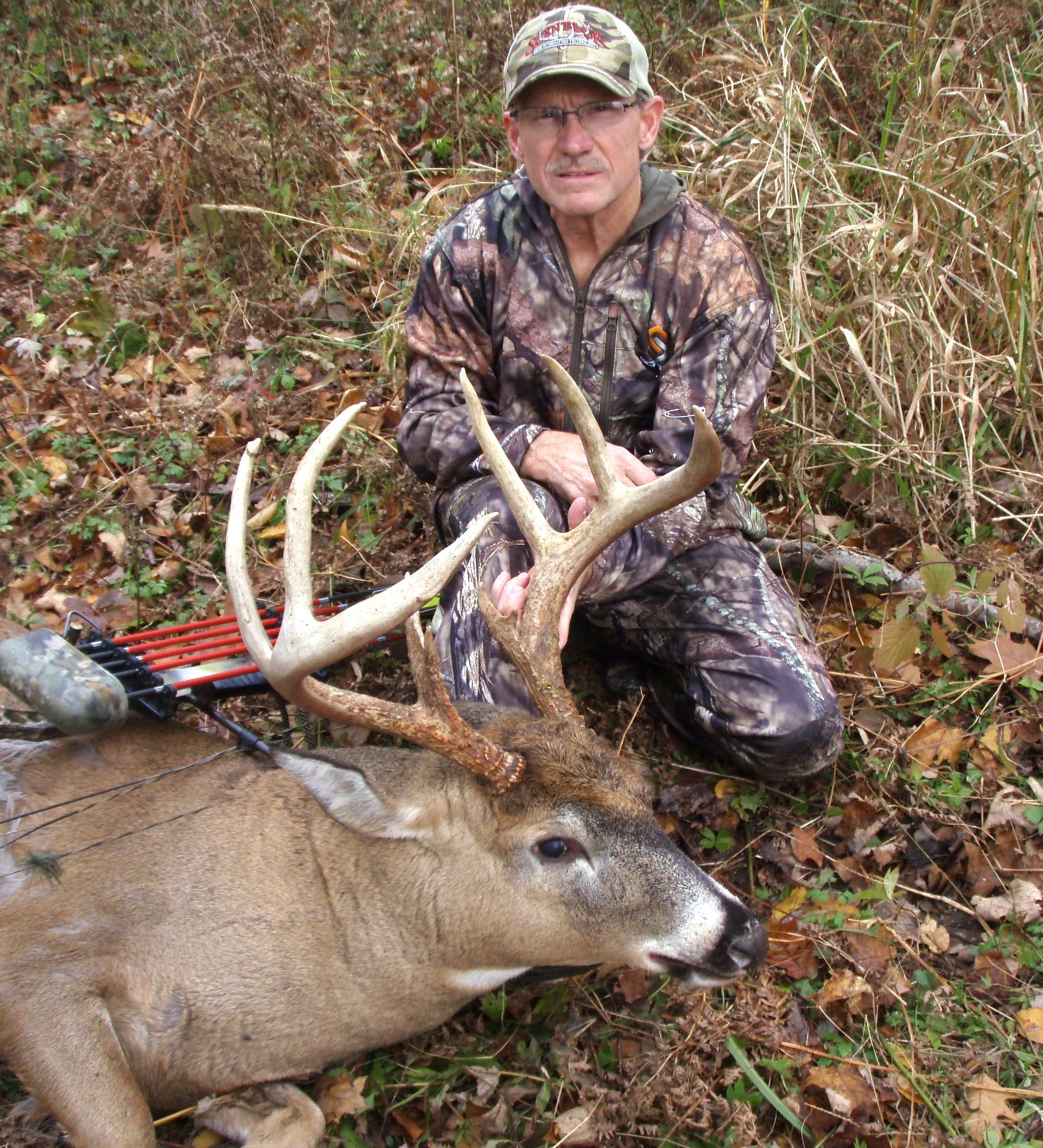
There’s so much more to deer hunting scent control than merely “playing the wind.” You must develop and utilize a strategy for complete odor neutralization.
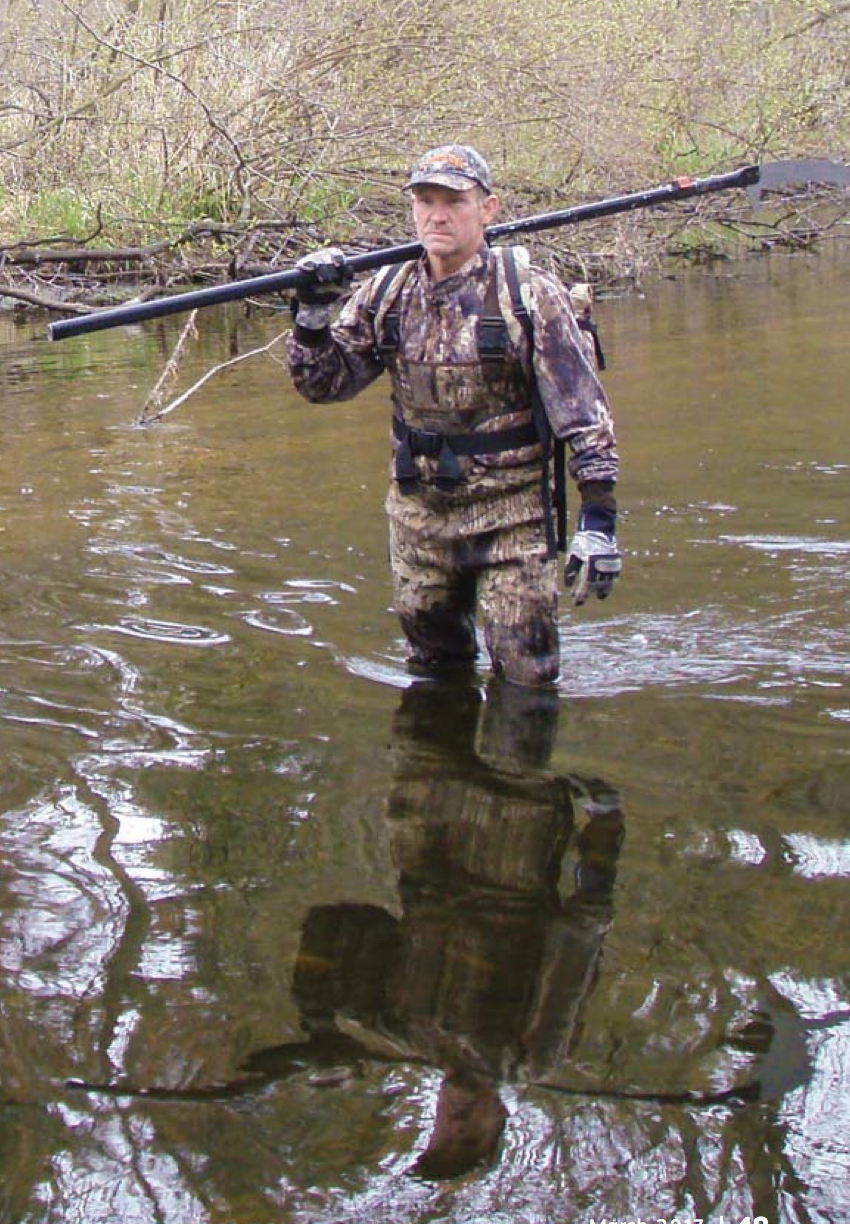
Scouting for sign after hunting seasons expire makes good sense because it’s less intrusive, and all of the telltale indicators that mark deer activity during the fall — including the rut — are still highly visible.
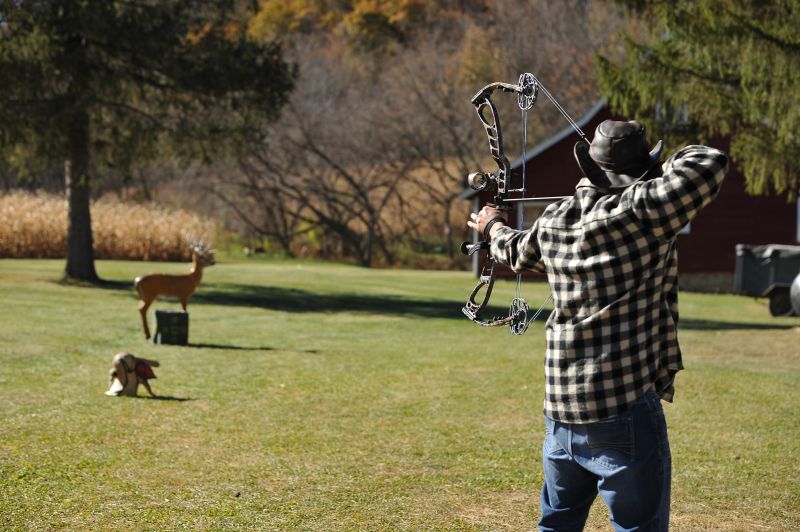
Why is mental and physical preparation so seldom mentioned or discussed in the hunting media? The reason is likely because neither is a prerequisite for success where most media personalities hunt.
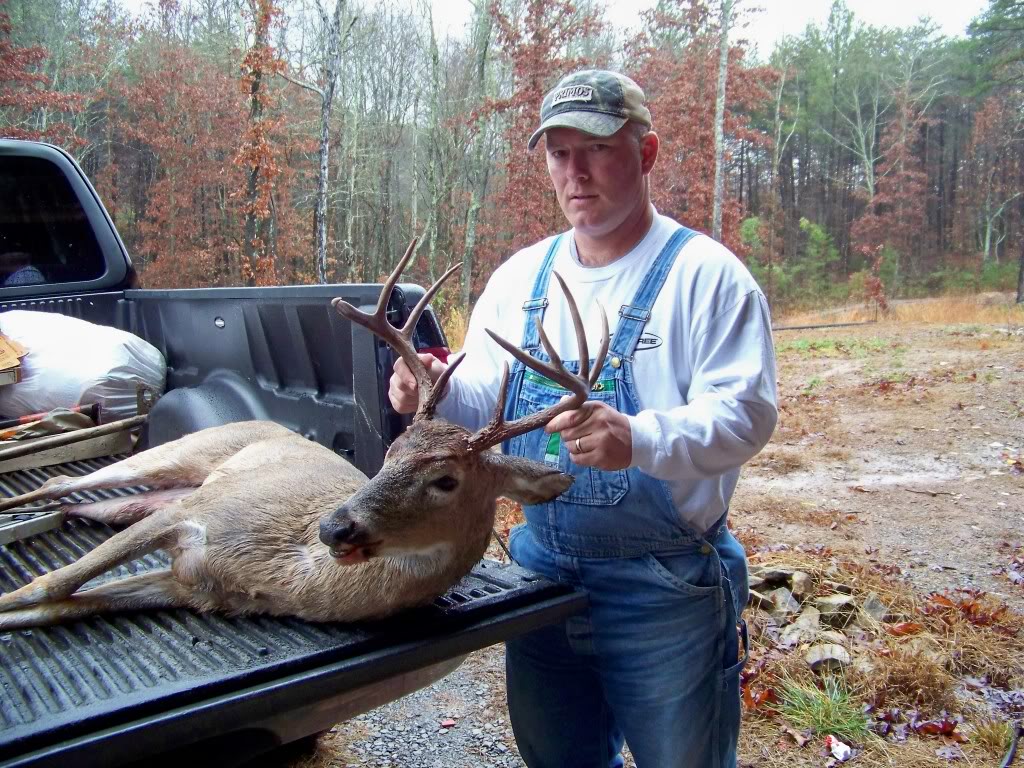
Even in the heaviest-hunted states, public-land gems can provide somewhat consistent opportunities to kill mature bucks if hunters are willing to work above and beyond their competition.